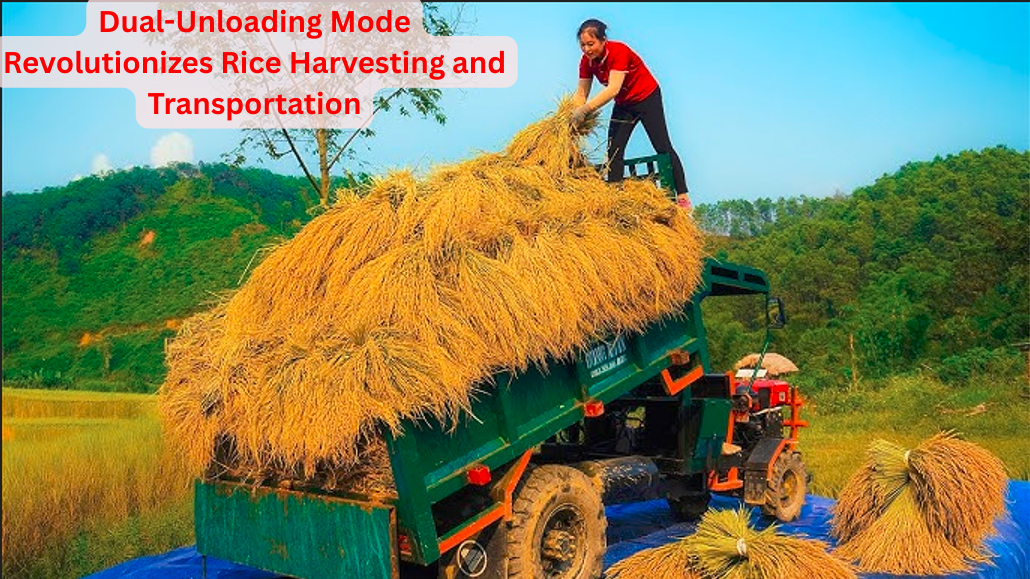The introduction of the dual-unloading mode is revolutionizing rice harvesting and transportation, significantly enhancing efficiency, reducing time, and cutting operational costs for farmers. This innovative system allows for the simultaneous unloading of harvested rice while continuing field operations, eliminating the downtime associated with traditional unloading processes. By streamlining the workflow, the dual-unloading mode ensures continuous harvesting and faster transportation of rice from fields to storage or processing centers, addressing key challenges faced by farmers during peak harvest seasons.
Traditionally, combine harvesters require frequent stops to unload grain into trailers or trucks, disrupting the harvesting process and reducing productivity. The dual-unloading mode, integrated into modern combine harvesters, introduces features such as on-the-go unloading and the ability to discharge rice into multiple carriers simultaneously. This not only accelerates the harvesting process but also optimizes logistics, as multiple vehicles can be loaded efficiently without interrupting operations.
The technology is particularly beneficial in large-scale farms and high-yield rice-growing regions like Punjab, Haryana, Andhra Pradesh, and West Bengal, where timely harvesting is critical to prevent crop losses due to weather variability or grain shattering. By reducing idle time, farmers can complete harvesting faster, ensuring the crop is transported to storage facilities or markets with minimal delays, thereby reducing post-harvest losses.
In addition to improving harvesting speed, the dual-unloading mode enhances transportation logistics. With the ability to unload into multiple trailers, farmers can ensure continuous transportation of grains to processing mills, warehouses, or procurement centers, avoiding bottlenecks during peak harvest times. This seamless transition from field to market helps maintain the quality of harvested rice, ensuring better prices and reducing spoilage.
Manufacturers of modern farm machinery are increasingly adopting this technology to cater to the needs of mechanized agriculture. Combine harvesters equipped with dual-unloading systems are being integrated with GPS-based navigation, IoT sensors, and real-time monitoring tools to further optimize operations. This innovation is part of a broader trend toward precision agriculture, where technology enhances productivity, reduces resource wastage, and improves profitability for farmers.
Government initiatives promoting farm mechanization under schemes like the Sub-Mission on Agricultural Mechanization (SMAM) are helping farmers adopt advanced technologies like dual-unloading systems by providing financial assistance and subsidies. This ensures accessibility for small and marginal farmers, allowing them to benefit from modern equipment and improve overall efficiency.
The dual-unloading mode is a game-changing advancement in rice harvesting, enabling faster, cost-effective, and resource-efficient operations. By minimizing downtime, improving logistics, and ensuring timely crop movement, this technology is transforming rice farming, empowering farmers to enhance productivity and meet rising demand while reducing operational stress during harvest seasons.









